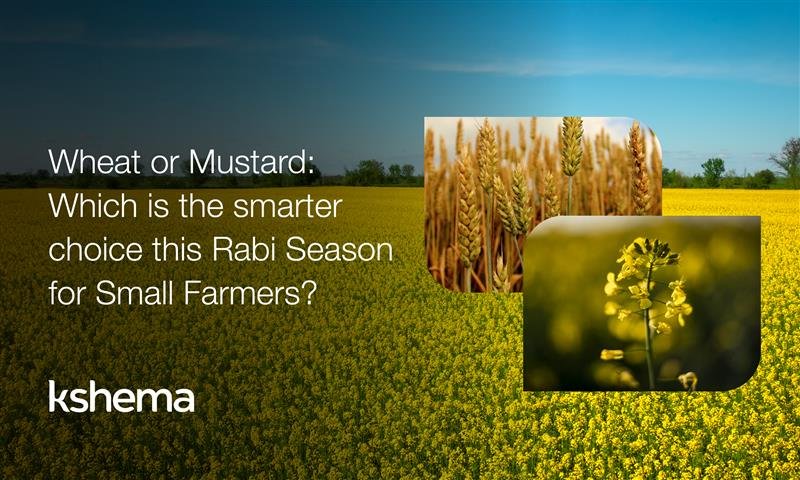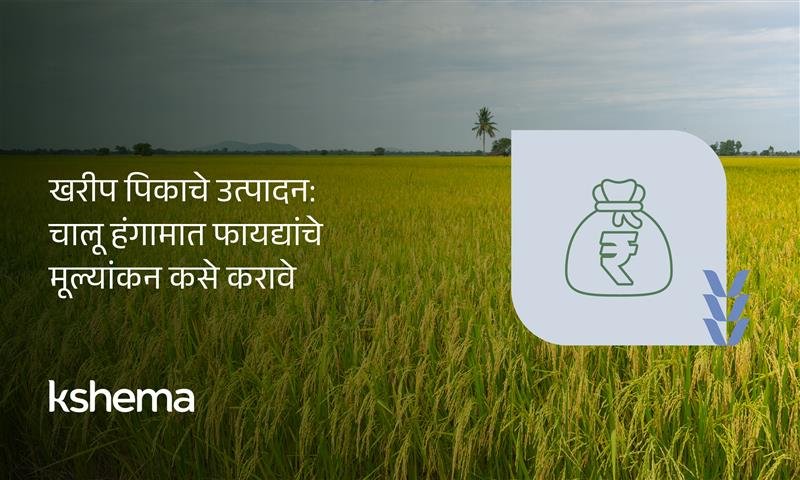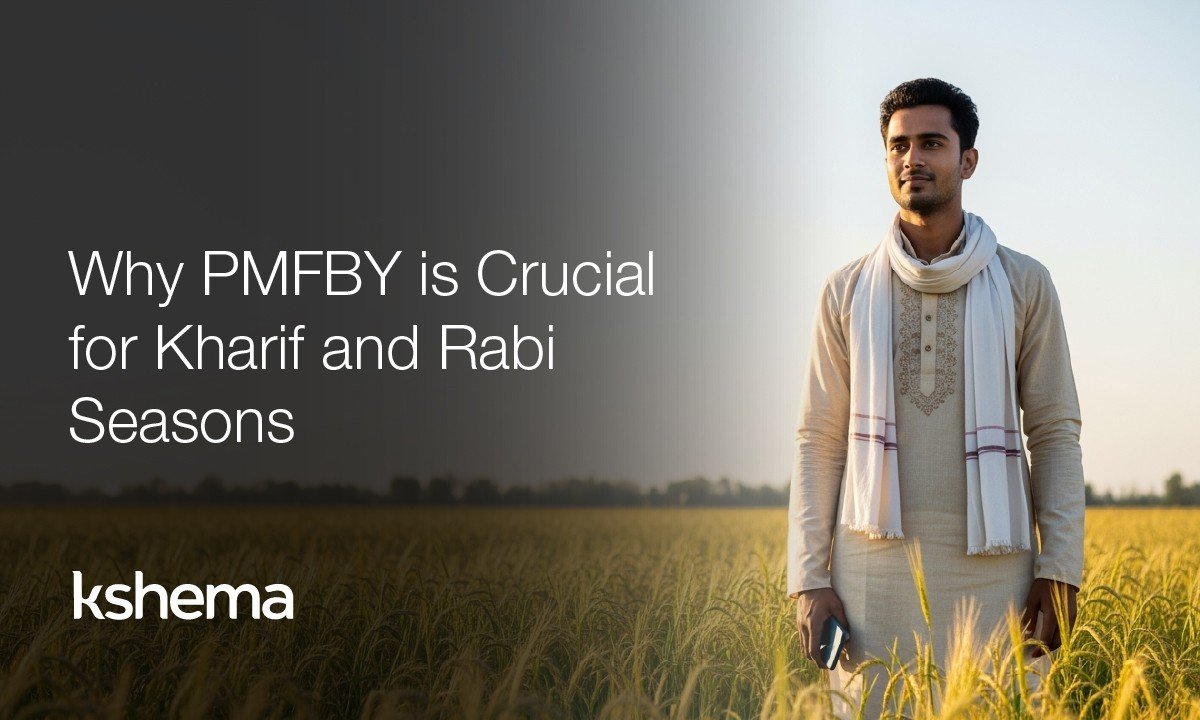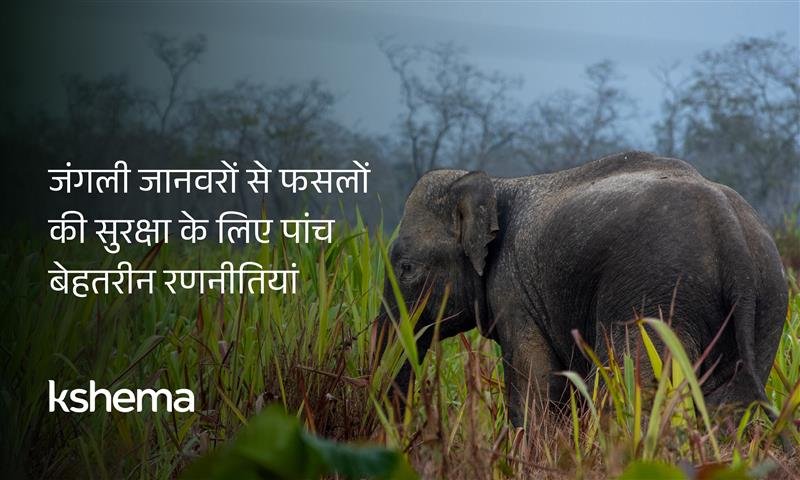Rabi Season: Why Small Farmers Prefer Wheat Over Mustard
The Rabi season is the second crop season of India, reliant on irrigation unlike the longer Kharif season which is fed by Monsoon. Traditionally, crops like wheat, mustard, barley, and peas headline the Rabi season which stretches from November to April.
And most small farmers face this question every season: should they sow wheat or mustard? For many small farmers, this decision is not just about crop preference—it’s about survival, profitability, and risk management.
Understanding the Rabi Season
The Rabi season begins after the monsoon rains, when the soil retains enough moisture to support winter crops. Farmers sow seeds in November and harvest them by March or April. Wheat and mustard are both staples of this season, but they serve different purposes. Wheat is a food grain central to India’s diet, while mustard is grown for oil extraction.
For decades, mustard has been a profitable crop in northern states like Rajasthan, Haryana, and Uttar Pradesh. However, wheat’s reliability and government support mechanisms are making it more attractive to small farmers this year.
Economic Considerations
One of the strongest reasons behind the preference for wheat is economics.
- Government procurement: Wheat enjoys assured procurement under the Minimum Support Price (MSP) system. Farmers know they can sell their produce to government agencies at a fixed rate while remaining unaffected by market variables. Mustard, while also covered under MSP, does not have the same extensive procurement infrastructure.
- Price stability: Wheat prices remain relatively stable, while mustard prices fluctuate depending on oil demand and imports. For small farmers, stability is crucial because they cannot afford bigger losses.
- Input costs: Wheat requires moderate investment in seeds and fertilisers, whereas mustard often demands more attention to pest control and smart irrigation. Lower input costs make wheat more appealing to those with limited resources.
Climatic Factors
Weather patterns during the Rabi season also play a decisive role.
- Temperature sensitivity: Mustard is highly sensitive to sudden temperature drops. Wheat, on the other hand, can withstand cooler nights and fluctuating conditions better.
- Rainfall dependency: Excessive winter rains can damage mustard flowers, reducing yields. Wheat is more resilient to unexpected showers.
- Climate change impact: With unpredictable winters becoming more common, small farmers prefer wheat’s adaptability over mustard’s vulnerability.
Social and Cultural Dimensions
Beyond economics and climate, social factors influence crop choices.
- Food security: Wheat is a staple food in most Indian households. Farmers growing wheat ensure their families have direct access to grain for consumption. Mustard, while valuable, does not serve the same immediate dietary need.
- Community practices: In many villages, collective sowing and harvesting practices favour wheat. Farmers often share resources like threshers and storage facilities, which are more readily available for wheat.
- Generational knowledge: Older generations have passed down wheat cultivation techniques, making it easier for small farmers to manage compared to mustard, which requires specialised knowledge of oilseed processing.
Market Dynamics
The broader market environment also tilts the balance toward wheat.
Export potential: Wheat has growing export opportunities being a food grain. Mustard oil, while popular domestically, has limited international demand.
Consumer demand: Wheat flour is consumed daily across India, ensuring steady demand. Mustard oil faces competition from many other alternatives, primarily palm oil.
Supply chain support: Cold storage and transport facilities are better developed for wheat than for mustard, reducing post-harvest losses.
Challenges of Mustard Cultivation
It’s important to acknowledge that mustard can be challenging for small farmers for various reasons.
- Pest attacks: Mustard crops are prone to aphids and fungal diseases, which can devastate yields.
- High labour demand: Mustard requires careful monitoring during flowering and harvesting stages, increasing labour costs.
- Limited processing units: Oil extraction facilities are not evenly distributed, forcing farmers to transport produce long distances.
For small farmers, these challenges often outweigh the potential profits mustard can bring.
Why Wheat Wins This Rabi Season
When weighing all these factors, wheat emerges as the safer and more profitable choice.
- Assured returns through MSP procurement.
- Lower risk due to climate resilience.
- Direct household utility as a staple food.
- Better infrastructure for storage, transport, and marketing.
This combination makes wheat the crop of choice for many small farmers during the Rabi season.
Looking Ahead
The preference for wheat highlights the importance of security and stability in farming decisions. For small farmers, the Rabi season is not just about maximising profits—it’s about survival, risk management, and ensuring food for their families. Wheat, with its reliability, fulfills these needs better than mustard in the current context.
Conclusion
The Rabi season is a critical period for Indian agriculture, shaping food supply and rural livelihoods. This year, wheat has emerged as the preferred crop for many small farmers, driven by economic stability, climate resilience, and social utility. Mustard, while valuable, faces challenges that make it less attractive in uncertain times.
As India continues to adapt to changing weather patterns and market dynamics, the choices of small farmers will remain central to the nation’s agricultural future. Wheat’s dominance this Rabi season is a reminder that farming decisions are never just about crops—they are about livelihoods, communities, and survival.
To check the latest Minimum Support Price (MSP) details and official government updates for Rabi crops, Click here to view MSP details for Rabi crops.
Frequently Asked Questions on Rabi Season for Small farmers
1. What is the Rabi season in India?
A. The Rabi season is India’s winter crop season that starts in November and ends in April. Farmers sow crops like wheat, mustard, barley, and peas after the monsoon rains when soil moisture is retained.
2. Why do small farmers prefer wheat over mustard during the Rabi season?
A. Small farmers choose wheat because it offers assured procurement under MSP, lower input costs, better climate resilience, and direct household utility as a staple food grain.
3. Which crops are commonly grown in the Rabi season?
A. Popular Rabi crops include wheat, mustard, barley, peas, and gram. Wheat is the most widely grown due to its economic stability and government support.
4. How does climate affect crop choice in the Rabi season?
A. Mustard is sensitive to sudden temperature drops and excessive winter rains, while wheat is more adaptable to fluctuating weather conditions, making it a safer choice for small farmers.
5. What role does crop insurance play for small farmers in the Rabi season?
A. Crop insurance protects farmers from financial losses caused by unpredictable weather, pest attacks, and other risks, ensuring stability and security during the Rabi season.










